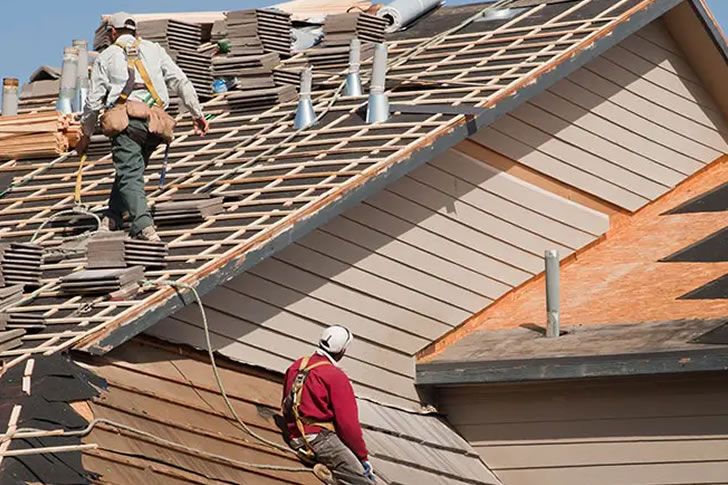Seniors Can Qualify for a Roof Replacement Program
As homeowners age, they often face increasing challenges in maintaining their homes, with roof repairs and replacements being among the heftiest financial burdens. Fortunately, there are several programs available across the United States aimed at assisting senior homeowners in replacing their roofs. Understanding these programs can help seniors protect one of their most significant investments: their home.

Understanding the Need for Roof Replacement Programs
Roofing issues can be particularly troublesome as they can lead to other costly damages such as water leaks, mold, and structural damage. For seniors living on fixed incomes, the high cost of roof replacement, which can range anywhere from $5,000 to over $20,000, can be prohibitive. Beyond financial concerns, dealing with roof repairs can also pose safety risks for seniors, particularly if they are considering handling repairs themselves to save money.
Senior Roof Replacement Programs: Federal and State Assistance
Various federal, state, and local programs are designed to assist senior homeowners who need to replace their roofs. One such program is through the U.S. Department of Housing and Urban Development (HUD), which offers the Community Development Block Grant (CDBG). These grants are given to local governments and states to help low-income families, seniors, and disabled persons with home renovations, including roof replacements.
Similarly, the Weatherization Assistance Program (WAP) funded by the Department of Energy helps low-income families, including seniors, improve their homes’ energy efficiency. While primarily focused on insulation and weatherproofing, in some instances, these improvements may include roofing if it contributes to energy savings.
State programs can also be a valuable resource. For example, in Florida, the SHIP program provides funding for home repairs for seniors, including roofing work. Eligibility requirements for these programs often include income restrictions and proof of ownership.
Non-Profit Organizations and Community-Based Help
Apart from government initiatives, several non-profit organizations offer help specifically targeted at seniors needing roof repairs or replacements. Habitat for Humanity’s ‘A Brush with Kindness’ program, for example, helps seniors by providing exterior home repairs at minimal costs. Rebuilding Together is another nonprofit organization that offers a Safe at Home program, which provides free home modifications to promote safety, accessibility, and mobility for seniors.
Local community development offices often have listings of non-profits and advocacy groups that provide roofing assistance. These initiatives not only mitigate the financial burden but also ensure professional handling of roof repairs, thereby minimizing safety risks for elderly homeowners.
Self-Financing Options: Loans and Insurance Claims
If a senior does not qualify for grants or programs, there are still options available to finance essential roof repairs or replacements. Home equity loans or lines of credit represent potential financing avenues, leveraging the equity built in the home. It’s important, however, for seniors to get financial advice before choosing such options to ensure they understand the terms and implications, particularly any associated risks like defaulting on payments.
Insurance claims can also provide a funding source for roof replacement if the damage is due to natural disasters or other covered events. Seniors should review their home insurance policies to understand what damages and conditions are covered and initiate claims accordingly. This process can sometimes be complex, so seeking assistance from an insurance claims advisor might be wise.
Practical Advice for Managing Roof Replacement Projects
When undertaking a roof replacement project, it’s essential for seniors and their caregivers to work with reputable contractors. They should seek multiple estimates to ensure competitive pricing and check references to confirm the contractor’s reliability and quality of work. Moreover, understanding the materials used and their warranties, as well as securing a clear and detailed contract, can help protect seniors from potential frauds and ensure that the job meets their needs.
Additionally, local senior advocacy groups often offer advice and can assist in managing such projects by recommending trusted local contractors who have experience working with senior programs.
Conclusion
Roof replacements are a significant and necessary investment for senior homeowners to ensure their home remains safe, comfortable, and valuable. By leveraging federal and state programs, nonprofit aid, and prudent financing choices, seniors can undertake necessary renovations without the overwhelming financial burden. It is also crucial to ensure proper implementation through reliable contractors and continuous oversight to maintain a secure living environment. Empowering seniors with the knowledge and resources to manage their roofing needs can significantly enhance their quality of life and economic well-being.







Recent Comments